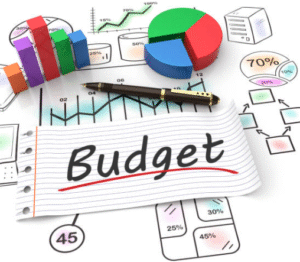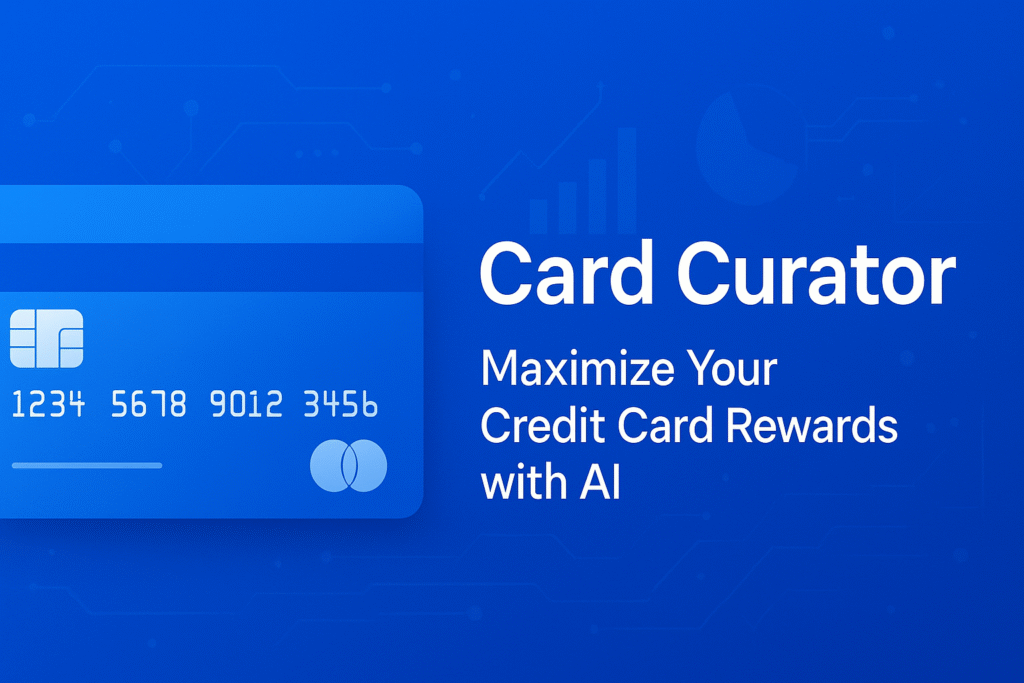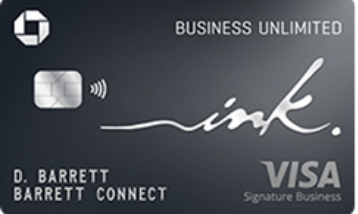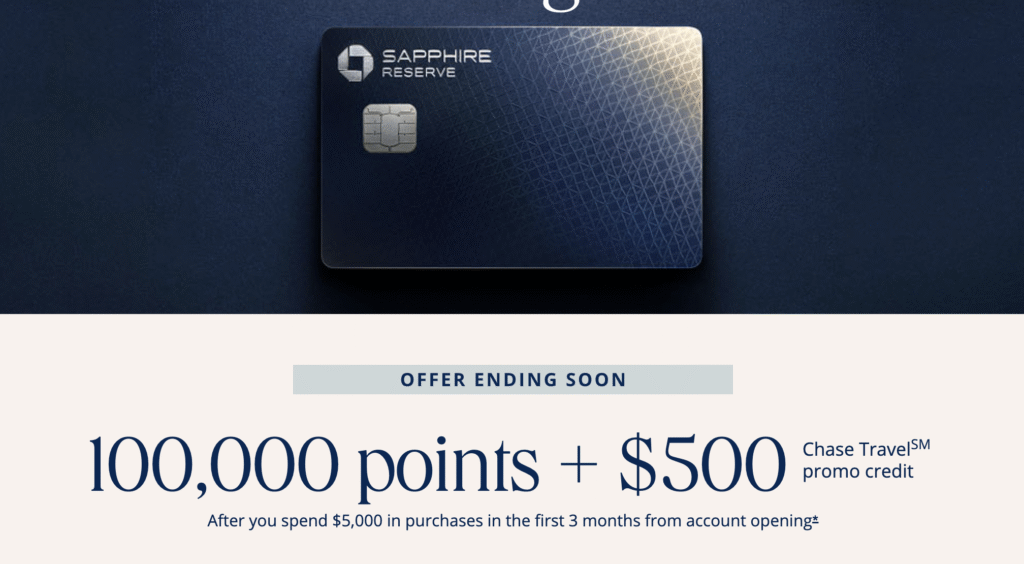
The Ultimate Guide to Budgeting: Your Path to Financial Freedom
In today’s fast-paced world, managing your finances can feel overwhelming. Between bills, unexpected expenses, and the allure of credit card rewards, it’s easy to lose track of your money. But there’s one tool that can bring clarity and control to your financial life: a budget. A budget isn’t just a spreadsheet—it’s your roadmap to financial freedom. Whether you’re aiming to pay off debt, save for a dream vacation, or chase credit card rewards without falling into a debt trap, a budget is non-negotiable. In this guide, I’ll walk you through why budgeting matters, how to create one, and practical tips to stay on track.
Why You Need a Budget
A budget gives you a clear picture of your cashflow—the money coming in (your income) and the money going out (your expenses). Without this visibility, you’re navigating your finances blindfolded, which can lead to overspending, missed savings opportunities, or even debt. If you’re intrigued by credit card rewards like cashback or travel points, a budget is especially critical. It ensures you can pay off your card balance in full each month, avoiding costly interest charges that can wipe out any rewards.
Here’s why a budget is your financial foundation:
- Control: You’ll know exactly where your money is going and avoid surprises.
- Flexibility: A budget lets you adjust spending when life throws curveballs, like a car repair or a last-minute trip.
- Empowerment: Instead of restricting you, a budget gives you the freedom to spend guilt-free within your means.
Step 1: Create a Budget Spreadsheet
The first step to budgeting is mapping out your financial picture. A simple spreadsheet is a powerful tool to track your income, expenses, assets, and upcoming costs. Whether you’re a spreadsheet pro or a newbie, this step is accessible to everyone.
What to Include in Your Budget Spreadsheet:
- Income: List all sources, like your salary, side hustles, or passive income.
- Expenses: Divide into fixed (rent, utilities, subscriptions) and variable (groceries, dining out, entertainment).
- Assets: Note your savings, investments, or other resources.
- Upcoming Expenses: Plan for annual fees, insurance premiums, or holiday spending.
I’ve created a budget spreadsheet template to get you started. Feel free to copy it, customize it, and make it your own. Update it monthly to reflect changes in your income or expenses, and check it weekly to stay proactive.
Pro Tip: Set aside 15 minutes each week to review your spreadsheet. This habit keeps you in tune with your spending and helps you catch any oversights early.
Step 2: Track Your Expenses Relentlessly
You can’t manage what you don’t measure. Tracking your expenses is the key to understanding your spending habits and staying within your budget. It’s like checking the fuel gauge on a road trip—you need to know when you’re running low to avoid getting stranded.
Why Tracking Matters:
- Spot Overspending: If you’re burning through your dining budget, you can cut back before it’s too late.
- Make Informed Choices: Only have $50 left for groceries this month? Time to get creative with pantry staples instead of hitting the store.
- Adjust on the Fly: Shift funds between categories (e.g., from entertainment to groceries) to stay balanced.
Tools for Tracking:
- Banking Apps: Many apps, like the one I use (more below), let you categorize transactions.
- Expense-Tracking Apps: Try Mint, YNAB (You Need A Budget), or PocketGuard for automated tracking.
- Manual Method: Update your spreadsheet with every purchase for a hands-on approach.
Action Step: Mid-month, review your budget to see which categories are running low. Adjust your spending to avoid dipping into savings or relying on credit. This proactive habit keeps you in the driver’s seat.
Step 3: Organize Your Money with a Banking App
One of the easiest ways to stick to a budget is to physically (or digitally) separate your money into categories. A banking app with a “vault” or “envelope” system can simplify this process. I personally use SoFi, which allows you to create up to 20 savings vaults for different expenses.
How SoFi Vaults Work:
- Create Vaults: Set up vaults for each expense category, like Mortgage/Rent, Car Payment, Utilities, Groceries, or even Fun Money.
- Allocate Funds: When you get paid, transfer a portion of your paycheck to each vault. For example, if your rent is $2,000 a month and you’re paid bi-weekly, move $1,000 per paycheck to your “Rent” vault. By the 1st of the month, you’ll have the full amount ready.
- Automate It: Set up automatic transfers to your vaults to make budgeting effortless.
SoFi has been a game-changer for me, keeping my finances organized and stress-free. If you want to try it, here’s my referral link to get started.
Visual Example: Below is a screenshot of my SoFi vaults setup, showing how I organize my money for different expenses.

Bonus Tip: Pay Off Your Credit Card Weekly
To keep your budget on track and avoid surprises, I recommend paying off your credit card purchases at least once a week. This habit has multiple benefits:
- Real-Time Tracking: You’ll see exactly where you stand in your budget each week, making it easier to adjust spending.
- Prevent Overspending: If a category like dining is creeping up, you can pivot for the rest of the week.
- Build Discipline: Weekly payoffs reinforce the habit of paying in full, which is essential for credit card rewards.
For example, every Sunday, I log into my SoFi app, review my credit card transactions for the week, and transfer funds from my checking account to pay them off. This keeps my budget aligned and my card balance at zero, setting me up for success.
Why Budgeting Is Crucial for Credit Card Rewards
Credit card rewards—like cashback, travel points, or sign-up bonuses—can be incredibly rewarding, but they come with risks. Without a budget, it’s easy to overspend or carry a balance, leading to interest charges that negate any benefits. A budget helps you:
- Spend Wisely: Only charge what you can pay off in full each month.
- Maximize Rewards: Align purchases with your budget categories (e.g., use a grocery rewards card for food shopping).
- Stay Debt-Free: Avoid the trap of carrying a balance, keeping your rewards game strong.
Think of budgeting as the guardrails that keep your rewards strategy on track. It’s the difference between earning free flights and paying hundreds in interest.
Your Action Plan: 5 Steps to Budgeting Success
Ready to take control of your finances? Follow these steps to build and maintain a budget that works for you:
- Set Up Your Budget: Use my spreadsheet template or create your own to map your income, expenses, and goals.
- Track Expenses: Choose a tool (app or manual) and commit to weekly check-ins to monitor spending.
- Organize Your Money: Try a banking app like SoFi to divide funds into vaults for each expense category.
- Pay Off Cards Weekly: Build this habit to stay on top of your budget and avoid debt.
- Review and Adjust: Check your budget monthly to account for changes in income, expenses, or financial goals.
Final Thoughts
Budgeting isn’t about depriving yourself—it’s about empowering yourself to make smart financial choices. With a budget, you can chase your goals—whether it’s traveling the world, buying a home, or simply enjoying peace of mind—without the stress of financial uncertainty. Start small, stay consistent, and watch your financial confidence grow.
Have questions about budgeting? Need help tweaking your spreadsheet or setting up SoFi vaults? Drop a comment below or reach out—I’m here to support you on your financial journey!
Disclaimer: I’m not a financial adviser, so please consult a professional for personalized advice. Always protect your personal information when sharing online.






